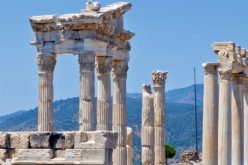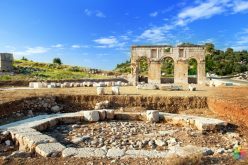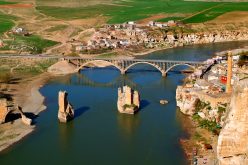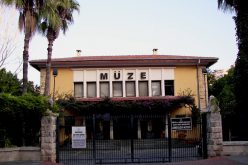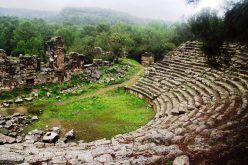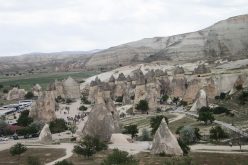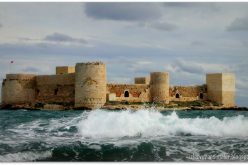Aphrodisias
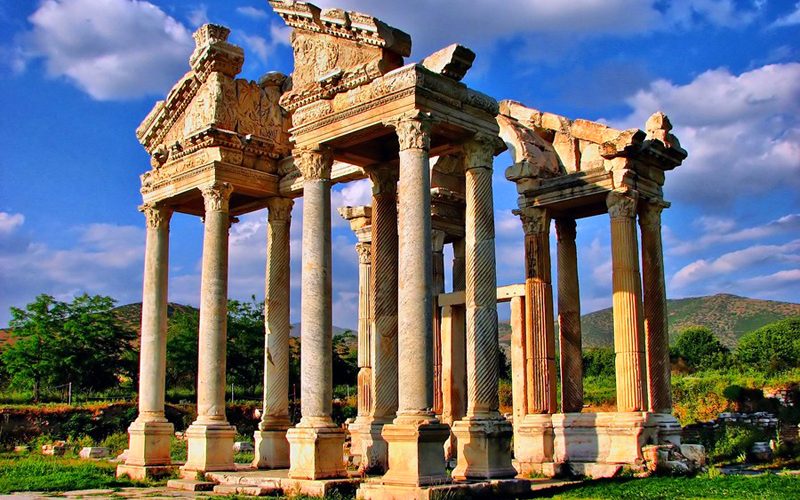
Aphrodisias
Aphrodisias, ancient city of the Caria region of southwestern Asia Minor (Anatolia, or modern Turkey), situated on a plateau south of the Maeander River (modern Büyük Menderes) in Denizli. Remains of an Ionic temple of Aphrodite and of a stadium and portions of a bathhouse have long been evident, but, beginning in 1961, excavations revealed such structures as a theatre, an odeon, a basilica, a market, houses and baths, a monumental gateway, and a cult centre for worship of the Roman emperor. Sulla and Julius Caesar favoured the city, and the emperor Augustus granted it the high privileges of autonomy and tax-free status, declaring it “the one city from all of Asia that I have selected to be my own.” In the Roman Empire, the city was famed for its sculptors and sculptures; rich quarries of excellent white and blue-gray marble lay about a mile east of the site. It also flourished owing to its site amid rich and well-watered agricultural land. Aphrodisias, with its large, centrally located temple of Aphrodite, long remained a pagan stronghold. Eventually its name was changed to Stavropolis and then Caria, and it became the seat of the metropolitan bishop of Caria. The city was captured four times by the Seljuk Turks between 1080 and 1260, according to the reports of Byzantine historians Nicetas Choniates and George Pachymeres. A small Turkish settlement called Geyre (from Caria) survived.

